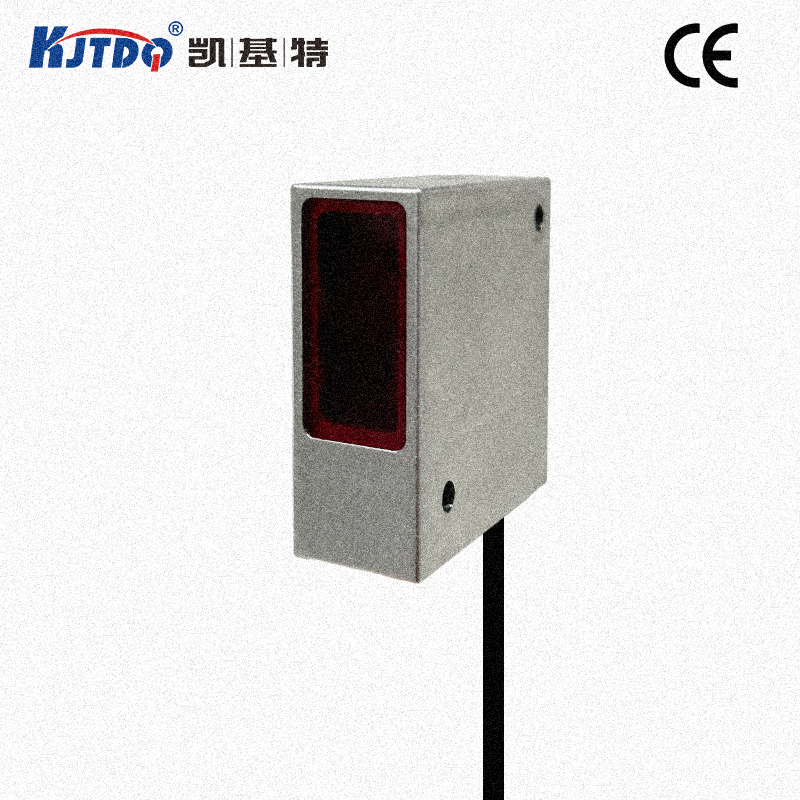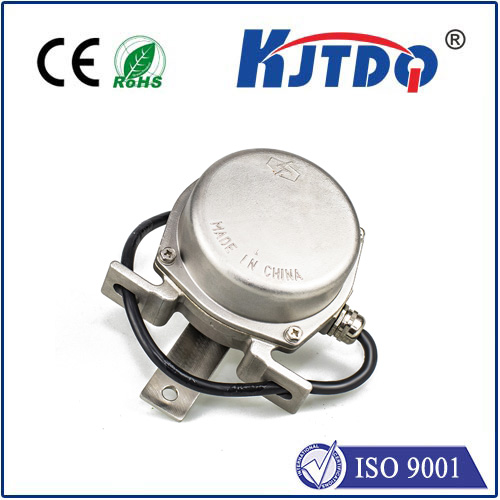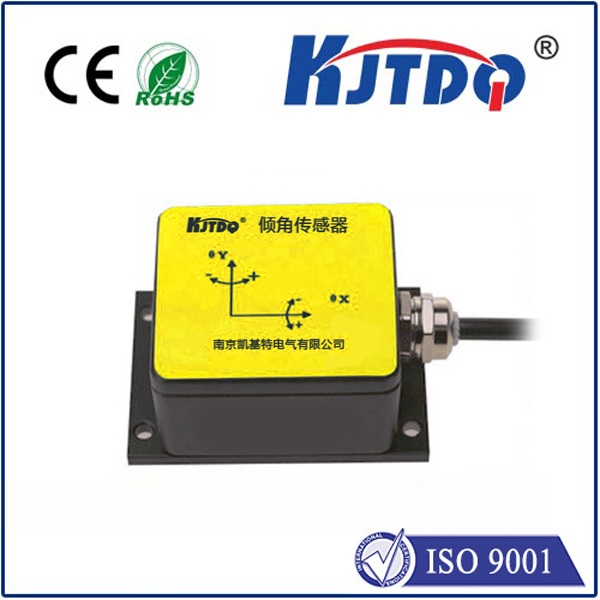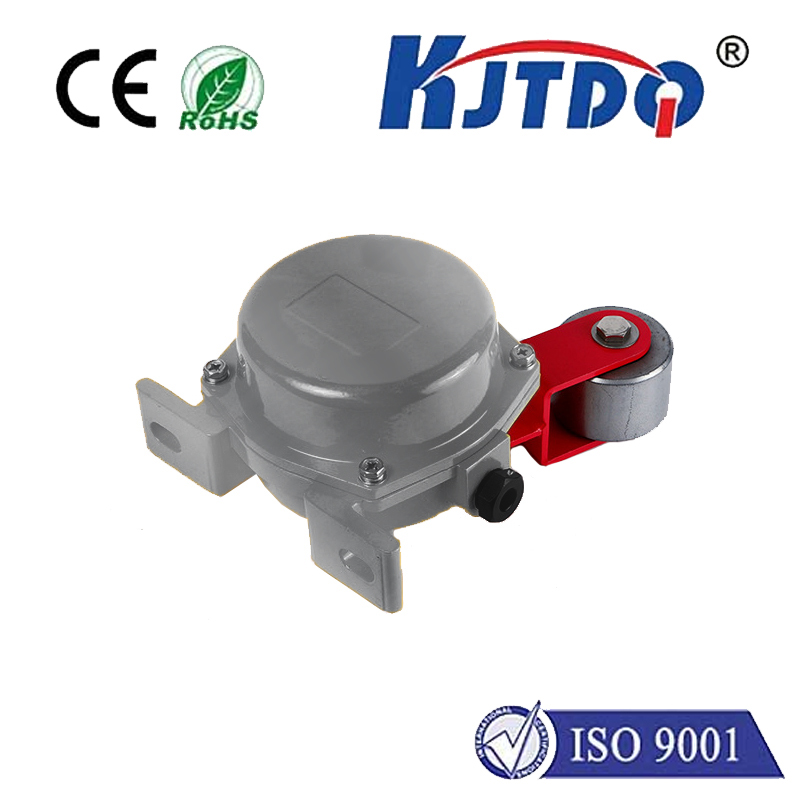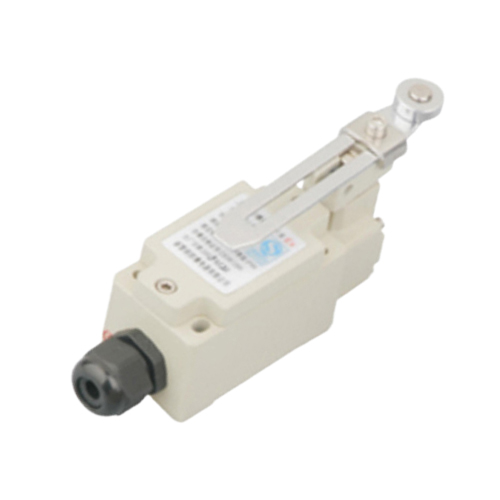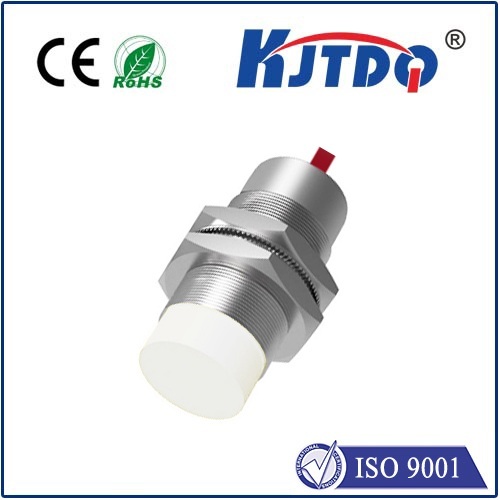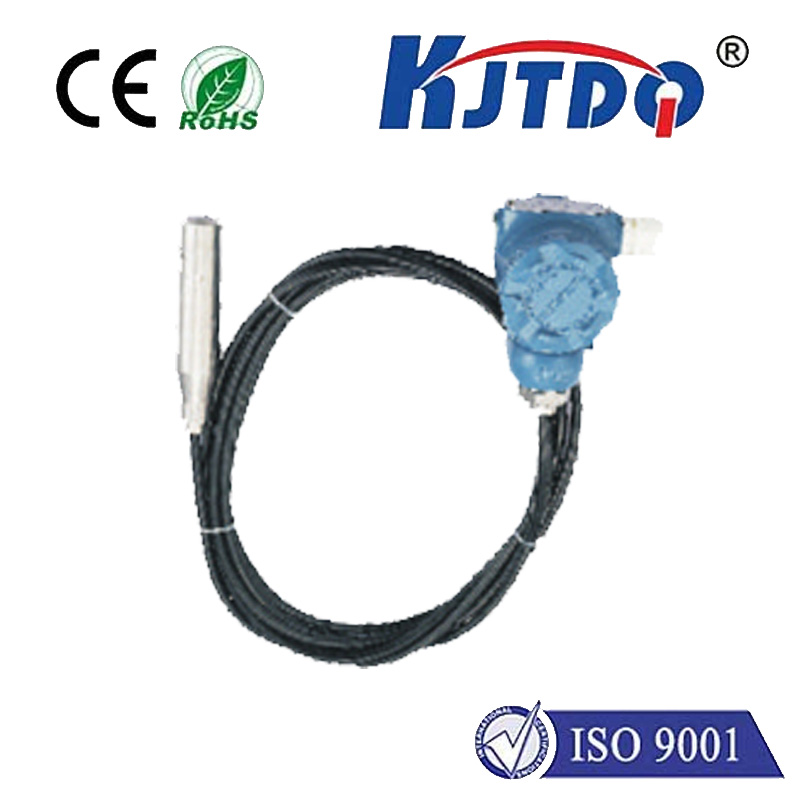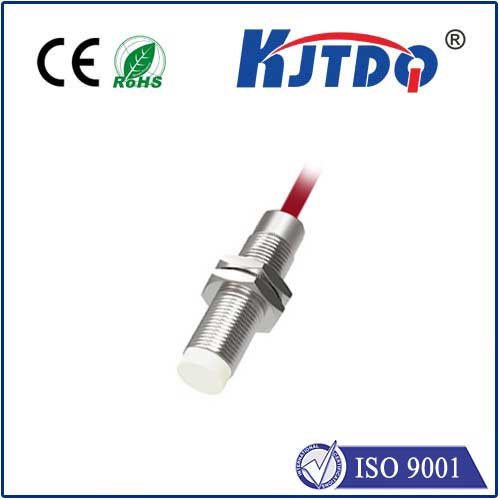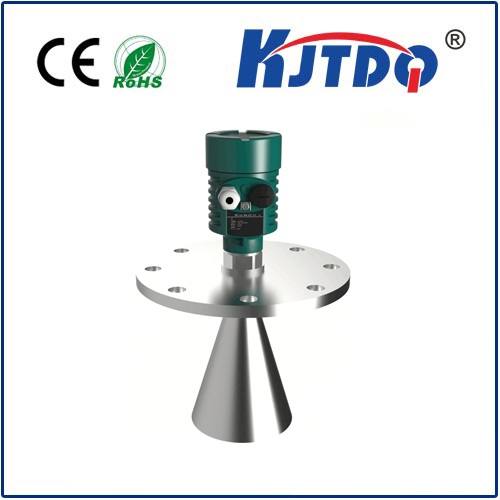Exploring the World of LiDAR Optics: The Future of Precision Sensing Imagine a technology that can map the world with unparalleled accuracy, from the dense forests of the Amazon to the bustling streets of New York City. This is the power of LiDAR optics, a cutting-edge field that combines light detection and ranging (LiDAR) with advanced optical systems to revolutionize how we perceive and interact with our environment. In this article, we’ll dive into the fascinating world of LiDAR optics, exploring its principles, applications, and the innovations driving its future.
At its core, LiDAR is a remote sensing method that uses laser pulses to measure distances and create detailed 3D maps of objects and landscapes. When paired with sophisticated optical systems, LiDAR becomes even more powerful, enabling precise control over light emission, detection, and processing. LiDAR optics refers to the specialized components and techniques used to optimize the performance of LiDAR systems, including lenses, mirrors, detectors, and laser sources.
The process begins with a laser emitting a pulse of light, which travels through the atmosphere and reflects off a target object. The reflected light is then captured by a detector, and the time it takes for the light to return is measured. By calculating the time of flight, LiDAR systems can determine the distance to the object with remarkable accuracy. Optical components play a crucial role in this process, ensuring that the laser beam is focused, directed, and detected efficiently. For instance, high-quality lenses and mirrors are used to shape and steer the laser beam, while advanced detectors convert the reflected light into electrical signals for processing. The integration of these optical elements allows LiDAR systems to achieve high resolution, long range, and reliable performance in various environments.
The versatility of LiDAR optics has led to its adoption in a wide range of industries, each benefiting from its precision and efficiency. Here are some of the most prominent applications:
Autonomous Vehicles: LiDAR optics is a cornerstone of self-driving technology, providing vehicles with real-time 3D maps of their surroundings. This enables them to navigate complex environments, avoid obstacles, and ensure passenger safety.

Экологический мониторинг: From tracking deforestation to monitoring coastal erosion, LiDAR optics helps scientists gather accurate data about the Earth’s surface and ecosystems. Its ability to penetrate dense vegetation makes it particularly valuable for forestry and conservation efforts.
Urban Planning: Cities around the world are using LiDAR optics to create detailed digital models of urban areas. These models support infrastructure development, disaster management, and smart city initiatives.
Archaeology: LiDAR optics has transformed archaeological research by revealing hidden structures and landscapes beneath dense vegetation or soil. This non-invasive technique has uncovered ancient civilizations and provided new insights into human history.
Defense and Security: Military and law enforcement agencies use LiDAR optics for surveillance, target detection, and reconnaissance. Its ability to operate in low-visibility conditions makes it a powerful tool for enhancing situational awareness.
As demand for LiDAR technology grows, researchers and engineers are pushing the boundaries of what’s possible with LiDAR optics. Here are some of the most exciting advancements:
Solid-State LiDAR: Unlike traditional mechanical LiDAR systems, solid-state LiDAR uses semiconductor-based components to emit and detect light. This innovation reduces size, cost, and complexity while improving reliability and performance.
Advanced Materials: The development of new materials, such as meta-optics and nanostructured surfaces, is enabling the creation of lighter, more efficient optical components. These materials enhance light manipulation and reduce energy consumption.
AI Integration: By combining LiDAR optics with artificial intelligence, systems can process and interpret data in real time. This enables faster decision-making and opens up new possibilities for automation and machine learning.
Miniaturization: The trend toward smaller, more compact LiDAR systems is making the technology accessible to a broader range of applications, from consumer electronics to wearable devices.
Despite its many advantages, LiDAR optics faces several challenges that must be addressed to unlock its full potential. These include high costs, limited range in adverse weather conditions, and the need for standardized manufacturing processes. However, ongoing research and collaboration across industries are paving the way for solutions to these issues. For example, efforts to reduce production costs through scalable manufacturing techniques are making LiDAR optics more affordable. Similarly, advancements in signal processing and adaptive optics are improving performance in challenging environments. As these barriers are overcome, the adoption of LiDAR optics is expected to accelerate, driving innovation and creating new opportunities across sectors.
In an increasingly interconnected world, the ability to gather and analyze spatial data is becoming essential. LiDAR optics is at the forefront of this transformation, enabling us to see and understand our environment in ways that were once unimaginable. Whether it’s guiding autonomous vehicles, preserving natural habitats, or uncovering ancient secrets, LiDAR optics is shaping the future of precision sensing and redefining the boundaries of what’s possible. As the technology continues to evolve, its impact will only grow, unlocking new possibilities and transforming industries. The journey of LiDAR optics is just beginning, and its potential is limited only by our imagination.
